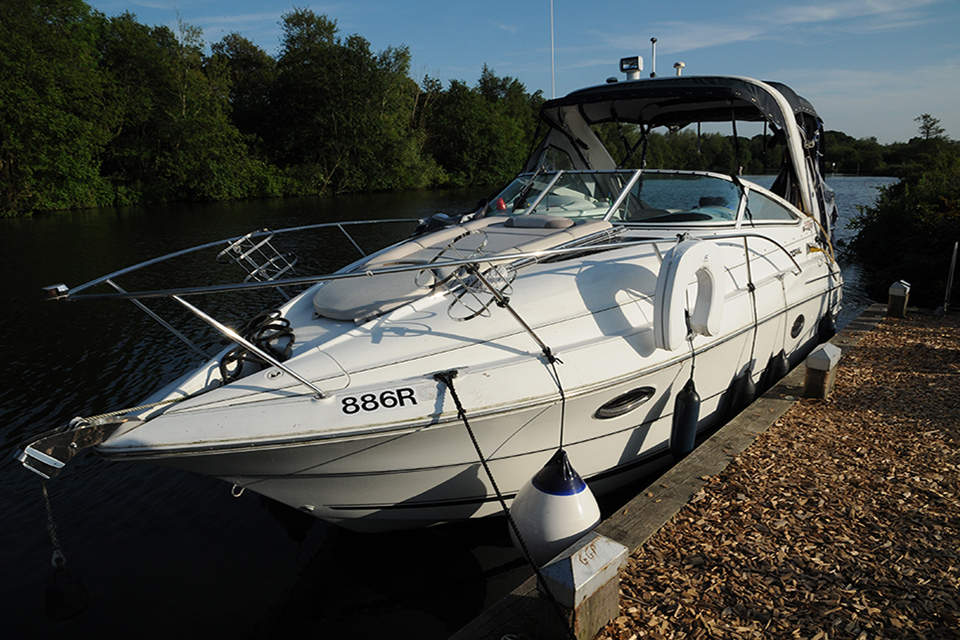Carbon monoxide poisoning on board the motor cruiser Love for Lydia with the loss of 2 lives
Location: Wroxham Broad, England.
Accident Investigation Report 9/2017
Investigation report into marine accident including what happened and safety lessons learned:

A forward looking infrared camera (FLIR) was used to monitor and record the flow of CO. The FLIR camera was able to visualise the passage of CO from the wet exhaust into the boat.
A recording was taken during the tests.
Summary
On 9 June 2016, a couple were found deceased on board the motor cruiser Love for Lydia, which was moored alongside Wroxham Island, River Bure, Norfolk. The couple died from carbon monoxide poisoning.
Our investigation identified that:
- the source of the carbon monoxide was exhaust fumes from the boat’s large inboard petrol engine
- the engines exhaust emissions contained very high levels of CO even when idling
- the boat’s habitable spaces were not adequately ventilated; the forepeak cabin’s deck hatch and port holes were shut
- the boat’s occupants were not alerted to the danger because a carbon monoxide alarm was not fitted
Safety lessons
-
occupants of vessels without carbon monoxide alarms will have no warning if the lethal is present in habitable areas. It is essential that carbon monoxide sensors are fitted in areas where carbon monoxide could accumulate and pose a risk to health (such as the accommodation areas of motor cruisers)
-
the use of canopies can lead to the accumulation of carbon monoxide within an enclosed space and potentially increase the risk of poisoning, even when a boat is making way. Ensure that all spaces, including those under a canopy or an awning are always well ventilated
-
carbon monoxide is a silent killer and it is important to recognise that the symptoms can be similar to colds, flu or hangovers; headaches, dizziness, nausea, vomiting, tiredness, confusion, stomach pain and shortage of breath are warning signs of its presence. If carbon monoxide poisoning is suspected, it is important to stop the source, get to fresh air and seek medical attention
-
CO may not always originate from internal sources or even from your own vessel. The occupants of neighbouring boats are at risk when moored near vessels emitting high concentrations of CO
Recommendations
Recommendations have been made to the Maritime and Coastguard Agency, British Marine and the Boat Safety Scheme which are intended to increase awareness of the leisure boating community to the dangers of CO and promote the fitting of carbon monoxide alarms.
Related publications
A safety bulletin highlighting a number of the safety issues was produced for this report.